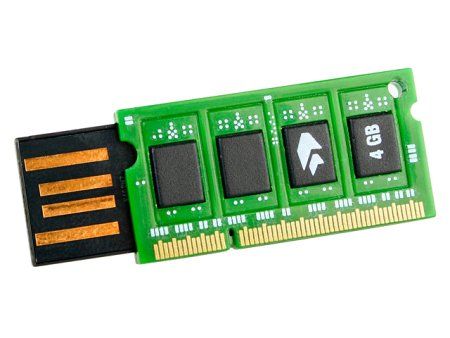
XP comes with a new set of sounds that will surely add pizzazz to the way you work in Windows. But there's one problem -- you need to actually turn on the Windows default sound scheme before you'll be able to hear them.
To turn on the Windows XP default sound scheme, follow these directions:
Single-click the Start menu.
Single-click the Control Panel.
Single-click the Sounds, Speech, and Audio Devices icon.
Single-click the Sounds and Audio Devices icon or the text labeled "Change the sound scheme."
Make sure you're on the Sound tab and locate the pull-down menu under Sound scheme.
Select the Windows Default option and press Apply. Windows will ask you if you want to save the previous sound scheme. Since there wasn't a sound scheme already loaded, just choose No.
If you look under the text labeled "Program events," you'll be able to sample your new sounds or customize them with your own. Read Customize Events Sounds if you'd like to learn how to do this yourself.
To turn on the Windows XP default sound scheme, follow these directions:
Single-click the Start menu.
Single-click the Control Panel.
Single-click the Sounds, Speech, and Audio Devices icon.
Single-click the Sounds and Audio Devices icon or the text labeled "Change the sound scheme."
Make sure you're on the Sound tab and locate the pull-down menu under Sound scheme.
Select the Windows Default option and press Apply. Windows will ask you if you want to save the previous sound scheme. Since there wasn't a sound scheme already loaded, just choose No.
If you look under the text labeled "Program events," you'll be able to sample your new sounds or customize them with your own. Read Customize Events Sounds if you'd like to learn how to do this yourself.









